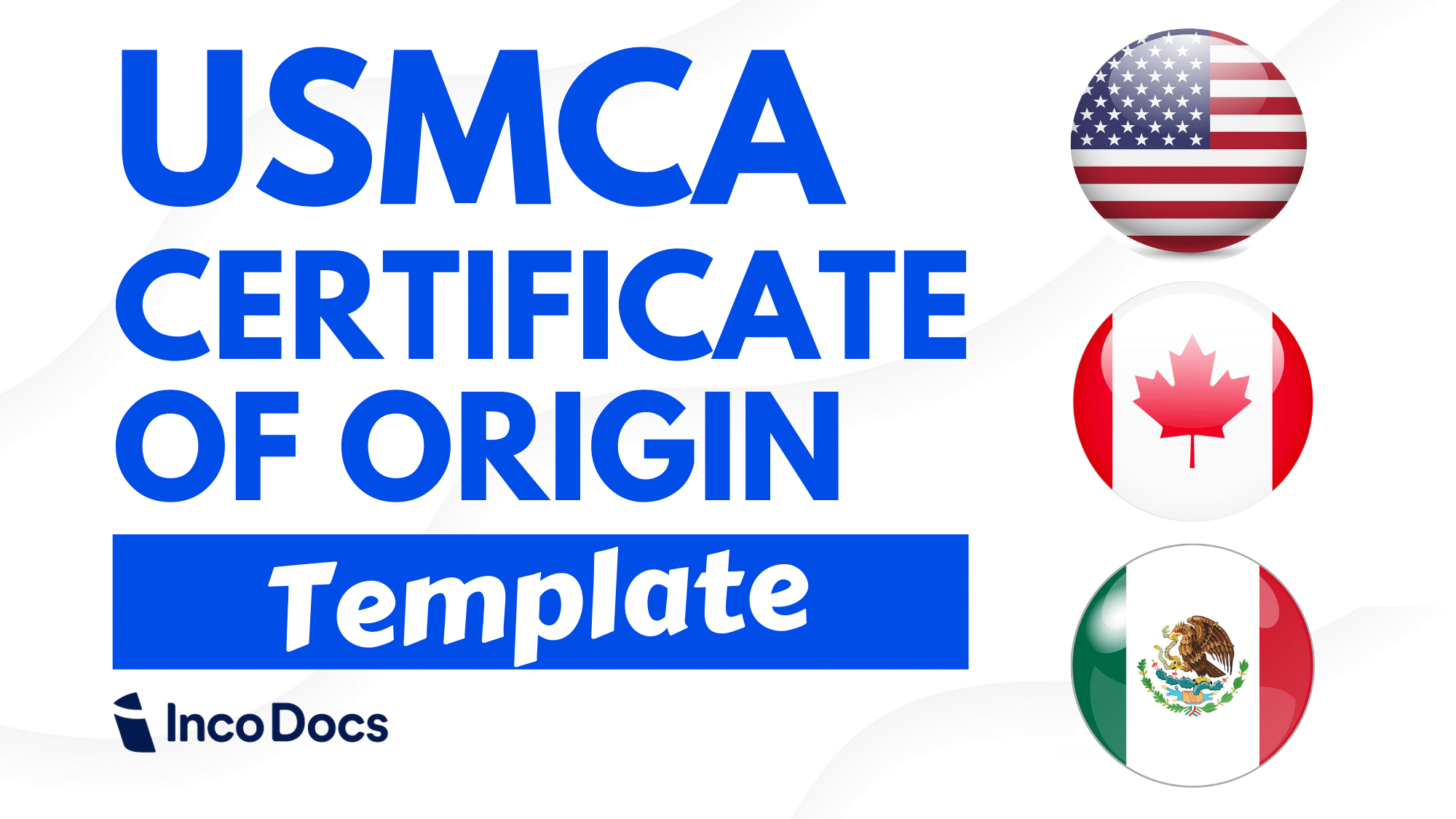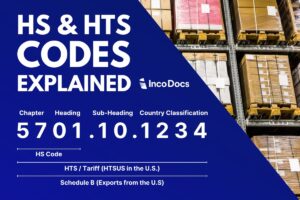The USMCA Certificate of Origin Form
The United States, Canada and Mexico have ratified a free trade agreement. The trade agreement replaces the previous NAFTA trade agreement, and came into effect on 1st of July 2020. The new agreement has been characterized as “NAFTA 2.0” or the “New NAFTA”. There are 3 official names for the free trade agreement, it has a name for each country that participates in the agreement:
USA – USMCA (United States-Mexico-Canada Agreement)
Canada – CUSMA (Canada-United States-Mexico Agreement)
Mexico – T-MEC (Tratado entre Mexico, Estados Unidos y Canada) in Mexico
Note that NAFTA Certificates of Origin are no longer used as the proof of origin of shipments after the 1st of July 2020. To take advantage of the duty free status of the USMCA / CUSMA / T-MEC agreement, the goods that have been shipped must qualify as originating in each of the 3 territories which can be proved by providing specific information. There are new rules of origin that determine whether the goods qualify under the new agreement.
Do you need to create a Certificate of Origin form for USMCA / CUSMA / T-MEC agreement?
Under the NAFTA agreement, there was a prescribed format to provide a Certificate of Origin document. CBP Form 434 is not mandatory under the USMCA. Under USMCA a Certificate of Origin form is not essential, but the set of data elements are required, which may be provided by shippers in various formats. This can be provided through various documents including Commercial Invoices, Declarations or shipper’s own Certificate of Origin. Shippers can use the IncoDocs template to create and download a USMCA template that contains the data elements that are required. Certification can be made on a single shipment basis, or completed with a blanket certification to cover products for a 12-month period.
The data elements required for the USMCA / CUSMA / T-MEC agreement.
- Certifier (Company Name, Address and contact details)
- Exporter (Company Name, Address and contact details)
- Producer (Company Name, Address and contact details)
- Importer (Company Name, Address and contact details)
- Description of the originating goods in sufficient detail to enable identification. This can include:
- Description of Goods
- HS Tariff Classification
- Origin Criterion / Preference Criteria – Refer below for more details.
- Blanket Period (if applicable)
- Country of Origin of goods (United States, Canada, Mexico)
- Statement:
- “I certify that the goods described in this document qualify as originating and the information contained in this document is true and accurate. I assume responsibility for proving such representations and agree to maintain and present upon request or to make available during a verification visit, documentation necessary to support this certification.”
- “I further certify that I am the: (Exporter, Producer, Importer)”
- Authorized Signature from a company representative. This will include full name, company name, date and signature. Electronic signatures are acceptable.
How to create a USMCA Certificate of Origin form
Login and use IncoDocs to easily create and download a USMCA Certificate of Origin form to include all data elements that are required.
Below is an example template for the USMCA certificate of origin created using IncoDocs.
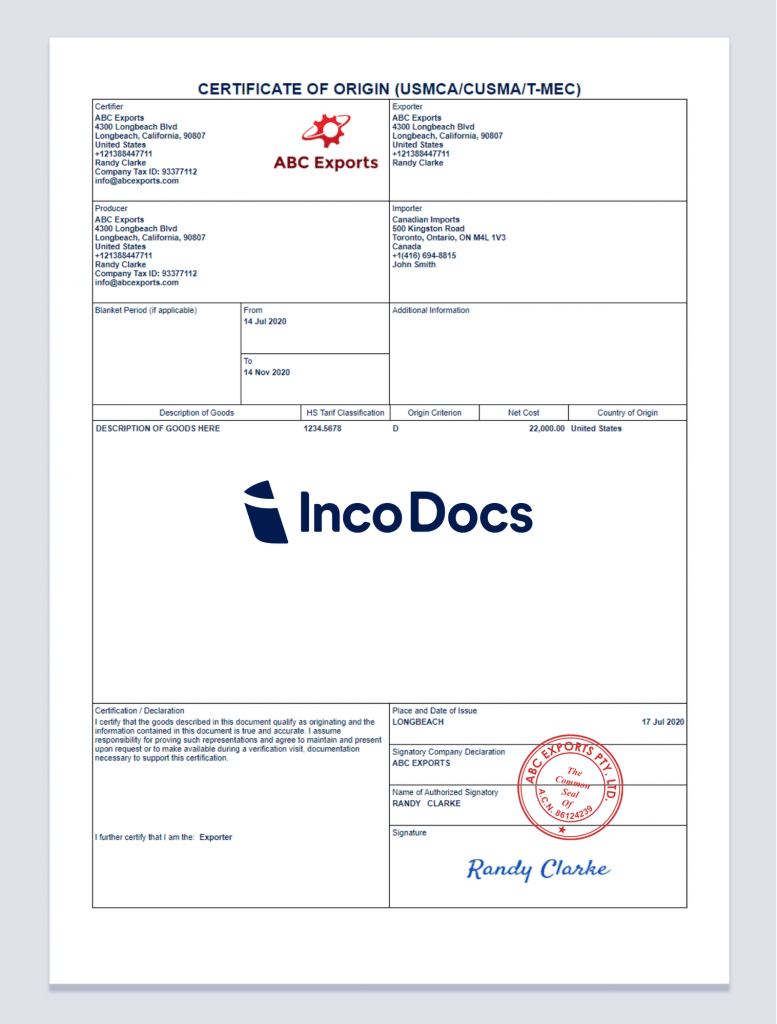
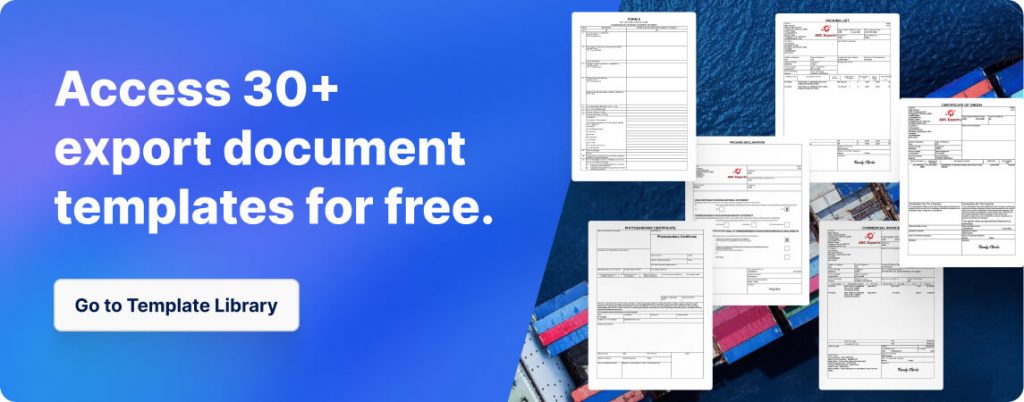
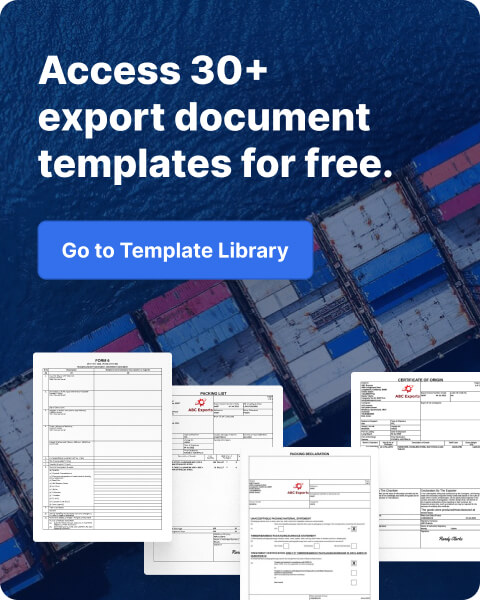
Origin Criteria / Preference Criteria for USMCA / CUSMA / T-MEC
For each good that is described, you can state which criterion (A through D) is applicable. The rules of origin are contained in Chapter Four. In order to be entitled to preferential tariff treatment, each good must meet at least one of the criteria below.
- A The good is “wholly obtained or produced entirely” in the territory of one or more of the USMCA countries as referenced in Article 4.3 (Wholly Obtained or Produced Goods).
- B The good is produced entirely in the territory of one or more of the USMCA countries and satisfies the specific rule of origin, set out in Annex 4-B (Product Specific Rules of Origin).
- C The good is produced entirely in the territory of one or more of the USMCA countries exclusively from originating materials. Under this criterion, one or more of the materials may not fall within the definition of “wholly produced or obtained”, as set out in article 4.3 (Wholly Obtained or Produced Goods), or
- D Except for a good provided in Chapter 61 to 63 of the Harmonized System:
- (i) Produced entirely in the territory of one or more of the USMCA countries.
- (ii) One or more of the non-originating materials provided for as parts under the Harmonized System used in the production of the good cannot satisfy the requirements set out in Annex 4-B (Product-Specific Rules of Origin) because both the good and its materials are classified in the same subheading or same heading that is not further subdivided into subheadings, or the good was imported into the territory of a Party in an unassembled or disassembled form but was classified as an assembled good pursuant to rule 2(a) of the General Rules of Interpretation of the Harmonized System; and
- (iii) The regional value content of the good, determined in accordance with Article 4.2 (Regional Value Content), is not less than 60 percent if the transaction value method is used, or not less than 50 percent if the net cost method.
